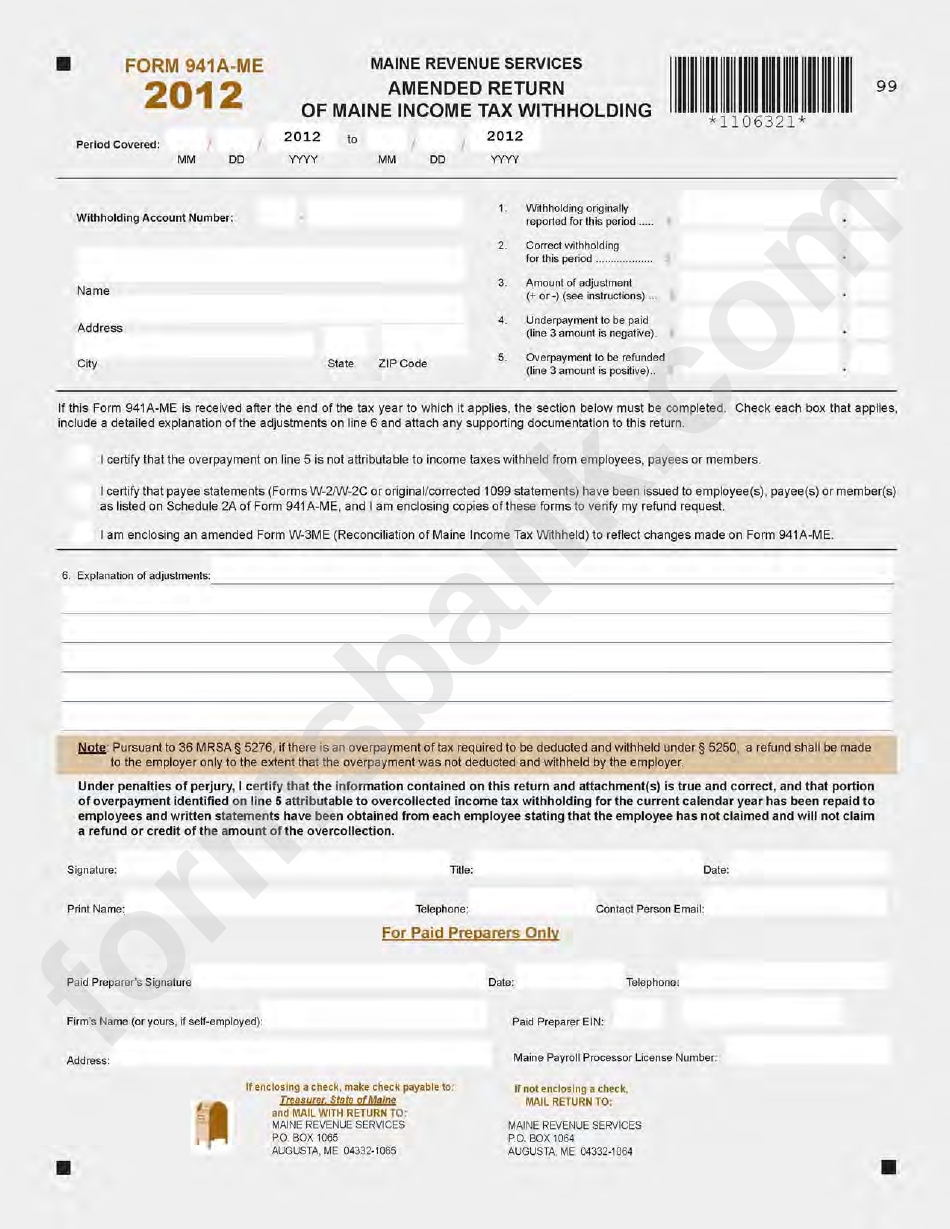

1950 Benefits increased and cost of living adjustments (COLAs) made at irregular intervals – 77% COLA in 1950.1940 First monthly benefit check issued to Ida May Fuller for $22.54.1939 Two new categories of beneficiaries added: spouse and minor children of a retired worker.Ernest Ackerman receives first lump-sum payout (17 cents) in January. 1937 More than twenty million Social Security Cards issued.



3.5 How workers can get estimates of benefits.3.4 Primary Insurance Amount and Monthly Benefit Amount calculations.With few exceptions, all legal residents working in the United States now have an individual Social Security Number. Should depletion occur, incoming payroll tax and other revenue would only be sufficient to pay 76 percent of OASI benefits starting in 2035 and 92 percent of DI benefits starting in 2065. Without legislative changes, trust fund reserves are projected to be depleted in the years 20 for the OASI and DI funds, respectively. The retirement of the large baby-boom generation, however, will lower balances. Social Security revenues exceeded expenditures between 19 which increased trust fund balances. Social Security payroll taxes are collected by the Internal Revenue Service (IRS) and are formally entrusted to the Federal Old-Age and Survivors Insurance (OASI) Trust Fund and the Federal Disability Insurance (DI) Trust Fund, the two Social Security Trust Funds. However, about 6.6 million state and local government workers in the United States, or 28 percent of all state and local workers, are not covered by Social Security but rather pension plans operated at the state or local level. Social Security is nearly universal, with 94 percent of individuals in paid employment in the United States working in covered employment. In 2021, the maximum amount of taxable earnings is $142,800. Wage and salary earnings above this amount are not taxed. Wage and salary earnings in covered employment, up to an amount specifically determined by law (see tax rate table below), are subject to the Social Security payroll tax. Social Security is funded primarily through payroll taxes called Federal Insurance Contributions Act tax (FICA) or Self Employed Contributions Act Tax (SECA). The total cost of the Social Security program for the year 2019 was $1.059 trillion or about 5 percent of U.S. The average monthly Social Security benefit for December 2019 was $1,382. The original Social Security Act was enacted in 1935, and the current version of the Act, as amended, encompasses several social welfare and social insurance programs. In the United States, Social Security is the commonly used term for the federal Old-Age, Survivors, and Disability Insurance ( OASDI) program and is administered by the Social Security Administration. Private sector workers Disability recipients


 0 kommentar(er)
0 kommentar(er)
